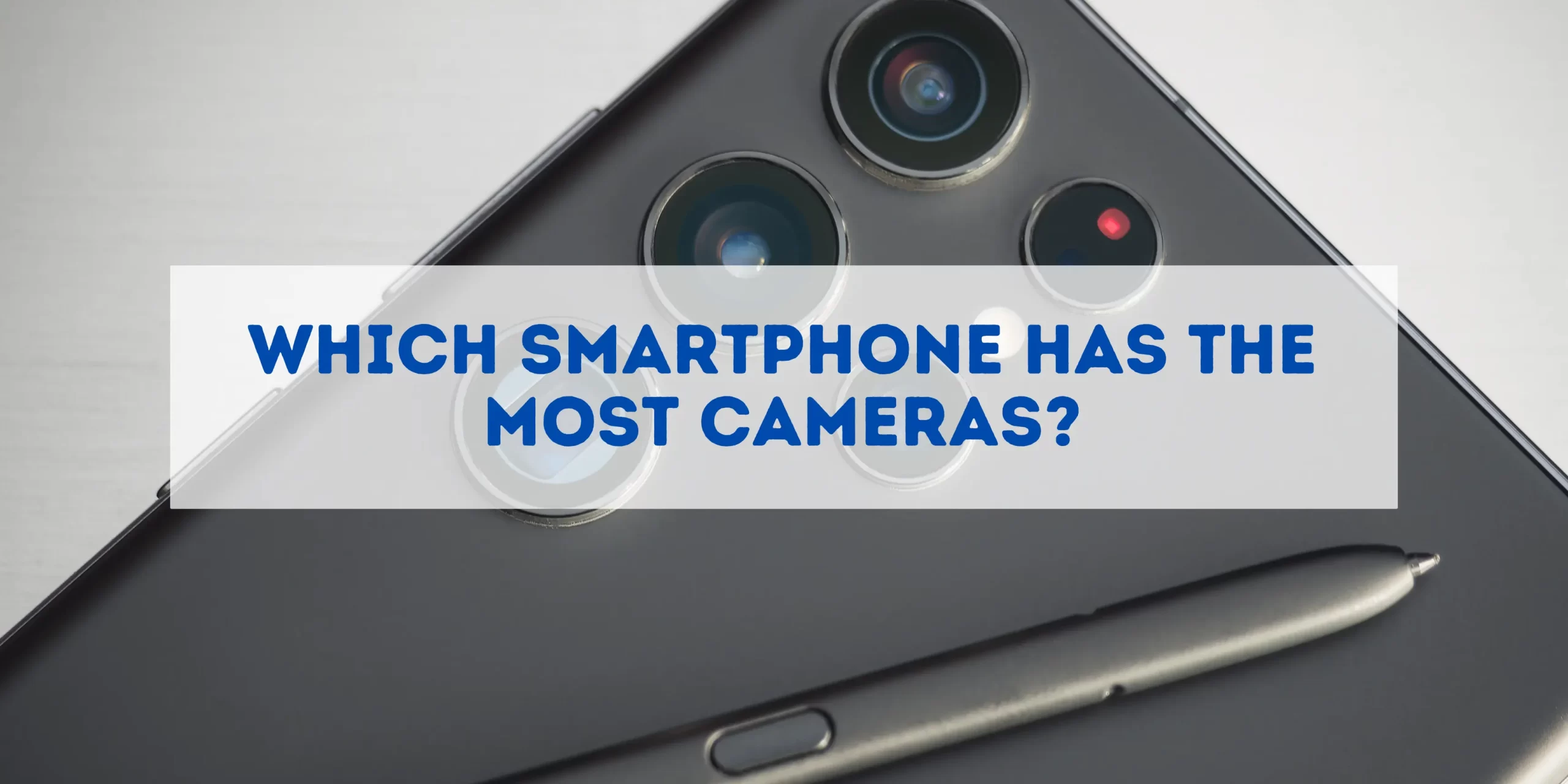In the constantly evolving field of smartphone technology, there is a notable increase in the number of cameras in a single device. This trend is not just about chasing higher numbers; it represents a paradigm shift in mobile photography, merging advanced technology with the art of capturing moments. From the initial smartphones equipped with a single basic camera to the current norm of multiple lenses, each lens serves a unique purpose to enhance the photographic experience.
Currently, the smartphone with the most cameras on the market is the Nokia 9 PureView by Nokia, which features five rear cameras. In 2018, LG showcased a concept for an unreleased smartphone that boasted as many as 16 cameras in its design.
Table of Contents
ToggleEvolution of Cameras in Smartphones
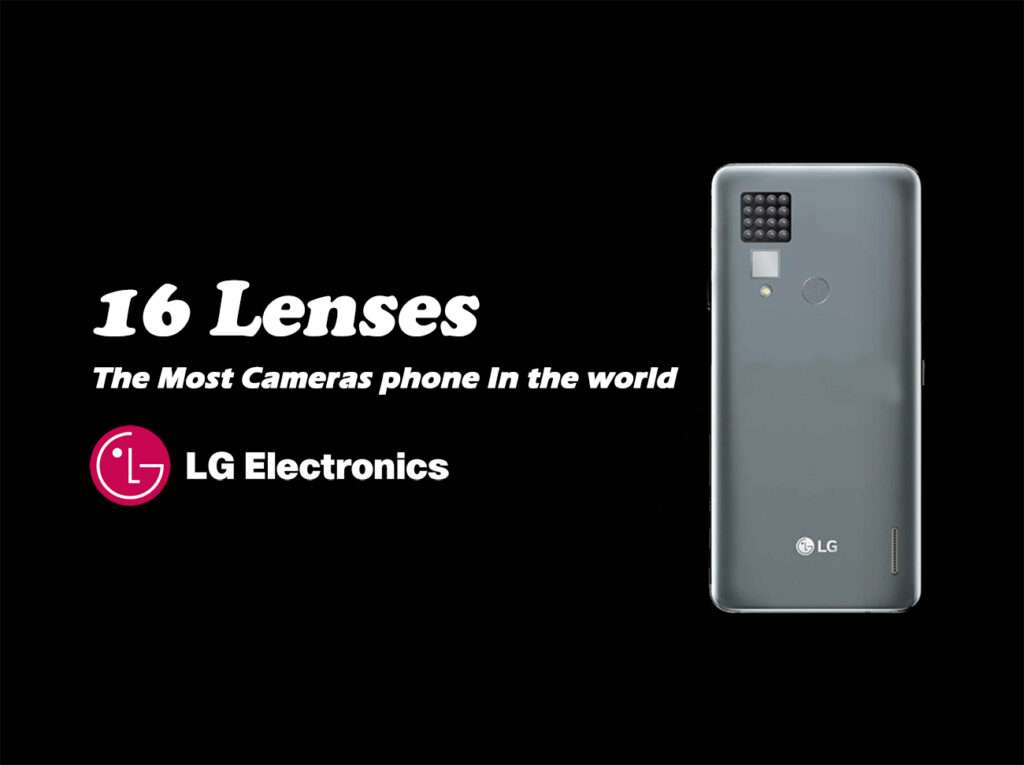
Tracing the History and Technological Development
The journey of cameras in smartphones is a fascinating story of technological advancement. Here’s a look at how it evolved:
- Early Stages: Initially, smartphones featured a single, basic camera, mainly used for simple photography. The quality was modest, with limited resolution and features.
- Improvements in Camera Quality: Gradually, camera quality became a focal point for manufacturers, leading to higher resolutions, better lenses, and advanced features like autofocus and flash.
- Introduction of Front-Facing Cameras: The advent of front-facing cameras revolutionized the way people communicate, making video calls and selfies part of everyday life.
The Rise of Multi-Camera Systems
The introduction of multiple cameras in smartphones marked a significant shift:
- Enhanced Photographic Capabilities: Multiple lenses allowed for a range of functionalities, such as wide-angle shots, optical zoom, and depth sensing for bokeh effects.
- Specialized Lenses: Each camera in a multi-lens setup serves a specific purpose – from telephoto to macro photography.
- Software Integration: The power of multi-camera systems is not just in the hardware but also in the software that seamlessly integrates the outputs of multiple lenses for superior image quality.
The evolution of smartphone cameras reflects the industry’s relentless pursuit of combining technology with user experience, transforming how we capture and share our moments.
Technical Principles of Multi-Camera Systems
Working Principles of Multi-Camera Setups
Multi-camera systems in smartphones represent a sophisticated blend of hardware and software. Here’s an overview of how they work:
- Hardware Integration: Multiple lenses, each with a specific function, are integrated into a single device. These can include standard, wide-angle, telephoto, and macro lenses.
- Software Coordination: The real magic happens in the software that processes images from these cameras. Advanced algorithms combine data from multiple sources, optimizing for light, color, and detail.
- Sensor Synchronization: Each camera sensor captures different aspects of a scene. The software then synchronizes and merges these inputs to produce a single, high-quality image.
Enhancing Photo Quality and Versatility
The presence of multiple cameras significantly elevates the photographic capabilities of a smartphone:
- Improved Low-Light Performance: By combining inputs from multiple sensors, the system can achieve better performance in low-light conditions.
- Depth Sensing and Bokeh Effects: Dual cameras, often with depth sensors, enable realistic bokeh effects by distinguishing between the subject and the background.
- Versatile Photography Options: With different lenses, users can switch between various photography modes like portrait, landscape, macro, and more without losing image quality.
- Zoom Capabilities: Telephoto lenses allow for higher quality optical zoom, avoiding the loss of detail common with digital zoom.
Multi-camera systems have revolutionized smartphone photography, offering users a range of functionalities previously unimaginable in a single device. The synergy of hardware and software not only improves photo quality but also expands the creative possibilities for users.
Key Competitors in the Market
Smartphones with the Most Cameras
The race for the highest number of cameras in smartphones is heating up among manufacturers. Here are some of the key players:
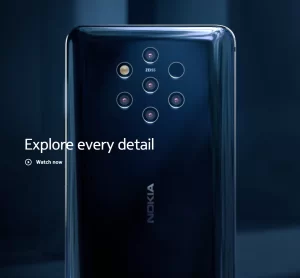
- Nokia 9 PureView: Notably features five rear cameras, making it one of the phones with the most cameras in the market.
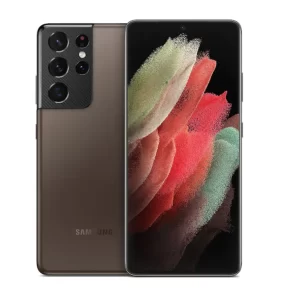
- Samsung Galaxy S21 Ultra: Offers a quad-camera setup including a 108MP primary sensor, two telephoto lenses, and an ultra-wide lens.
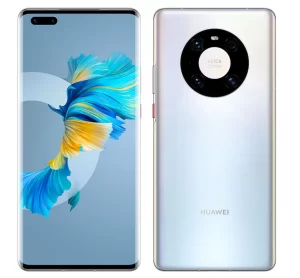
- Huawei Mate 40 Pro: Equipped with a triple rear camera setup and a dual front camera, known for its high-quality image processing.
Comparing Camera Configurations Across Brands and Models
Different manufacturers focus on varied aspects of multi-camera setups:
Nokia 9 PureView: Emphasizes on providing multiple lenses of the same type to enhance depth and texture details.
Samsung Galaxy S21 Ultra: Focuses on versatility, combining high-resolution photography with zoom and wide-angle capabilities.
Huawei Mate 40 Pro: Balances between high-quality photography and innovative features like 3D face recognition.
Each brand brings its unique approach to multi-camera systems, offering a range of options to consumers based on their photography preferences and needs. The diversity in camera setups illustrates the competitive nature of the smartphone market and the continual push for innovation in mobile photography.
Relationship Between Camera Quantity and Photo Quality
Does More Cameras Mean Better Quality?
The correlation between the number of cameras on a smartphone and the quality of photos it produces is a topic of considerable debate:
- Quality vs. Quantity: More cameras on a smartphone do not necessarily equate to higher photo quality. The quality of photos depends on several factors, including sensor size, lens quality, and image processing algorithms.
- Purpose of Multiple Cameras: Additional cameras are often included to provide specific functionalities like wide-angle shots, macro photography, or depth sensing, rather than solely to enhance image quality.
Advantages and Limitations of Multi-Camera Systems
Multi-camera setups offer certain advantages but also come with limitations:
- Advantages:
- Versatility: Different lenses allow for a variety of photography styles and capabilities, from zoomed-in details to expansive landscapes.
- Enhanced Features: Features like portrait mode, better low-light performance, and optical zoom are facilitated by multiple cameras.
You may also like: Is It A Front Or Back Camera That Shows The Real You? - Comprehensive Image Processing: Combining data from multiple sensors can lead to richer photos with better dynamic range and detail.
- Limitations:
- Complexity: More cameras can complicate the design and increase the cost of the device.
- Software Dependency: The effectiveness of a multi-camera system heavily relies on the software’s ability to seamlessly integrate inputs from multiple sources.
- Diminishing Returns: Beyond a certain point, adding more cameras offers minimal improvement in photo quality.
While multiple cameras can enhance certain aspects of smartphone photography, they are not the sole determinants of photo quality. The overall performance of a camera system is a symphony of hardware, software, and user experience.
User Experience and Market Feedback
Consumer Responses to Multi-Camera Smartphones
The introduction of multi-camera smartphones has elicited a range of responses from consumers. Here’s an analysis of user experience and feedback:
- Positive Reception for Enhanced Photography: Many users appreciate the versatility and improved photo quality offered by multi-camera setups, especially for features like wide-angle shots and better zoom capabilities.
- Mixed Reviews on Complexity and Cost: While some consumers find the additional features useful, others consider them an unnecessary complexity that increases the cost of the device.
Popularity Among Different User Groups
The appeal of multi-camera smartphones varies among different demographics:
- Photography Enthusiasts: This group tends to show a strong preference for multi-camera phones due to the expanded creative possibilities they offer.
- Average Consumers: Casual users often appreciate the improved photo quality but may not fully utilize all the features offered by multiple cameras.
- Budget-Conscious Users: Users who prioritize value for money might prefer smartphones with fewer cameras that still offer decent photo quality.
Overall, multi-camera smartphones have carved a niche in the market, particularly among users who value photography. However, their appeal varies based on individual preferences and the perceived value of additional camera features.

